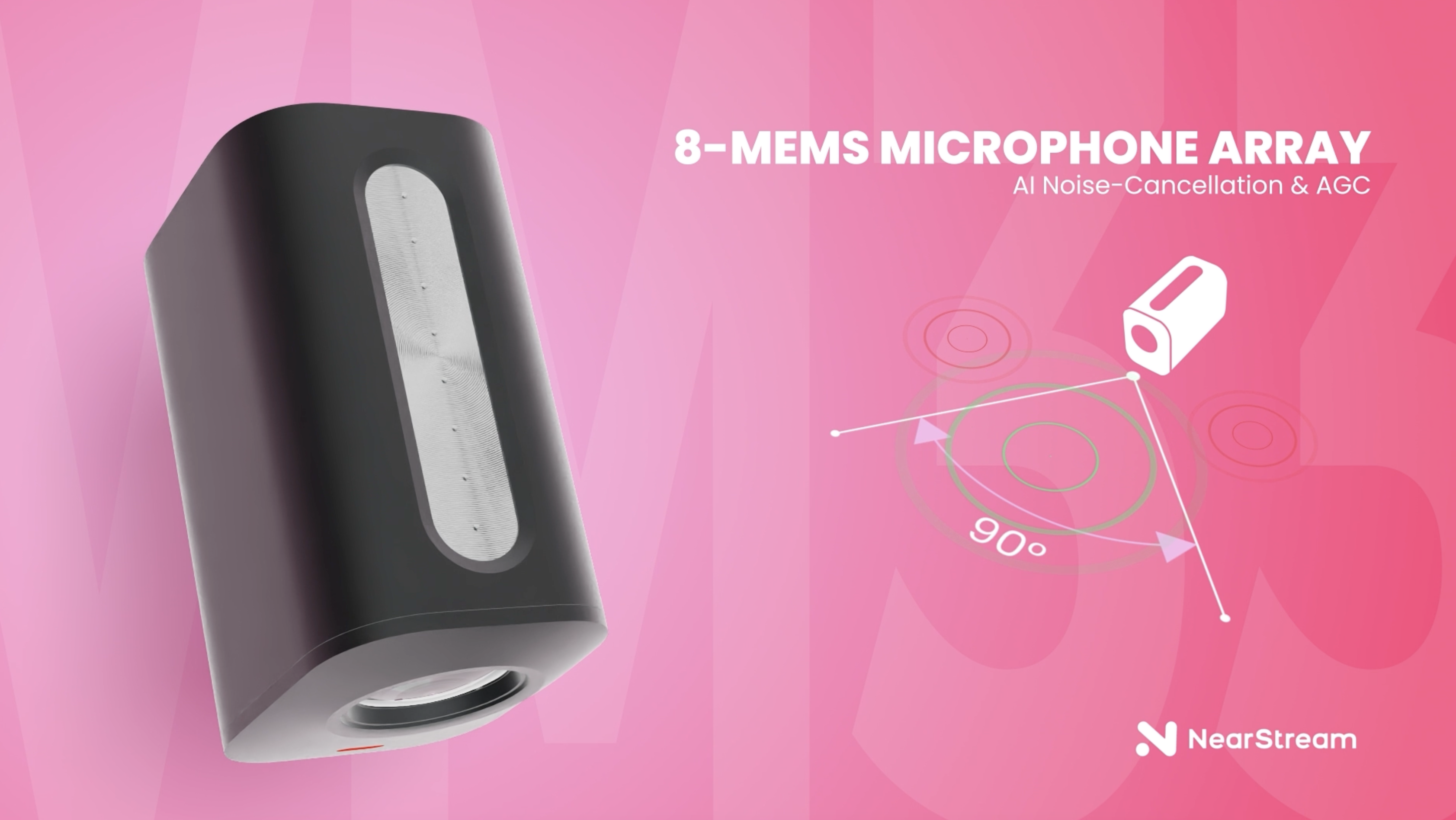About AGC
AGC stands for Automatic Gain Control. It is a feature commonly found in audio equipment and software that automatically adjusts the gain or amplification of an audio signal to maintain a consistent level of volume. AGC allows a microphone’s signal to adjust automatically to compensate for variations in volume from different talkers, or variations due to a single talker moving relative to the mic.
The purpose of AGC is to ensure that the audio output remains at a consistent volume even when the input level fluctuates. For example, if someone is speaking softly into a microphone, the AGC will increase the gain to make the audio louder, while if the person suddenly speaks loudly, the AGC will reduce the gain to prevent the audio from distorting or becoming too loud.
AGC is commonly used in a variety of audio applications, such as live sound reinforcement, broadcasting, and recording. It can help to prevent audio clipping, which occurs when the audio signal becomes too loud and exceeds the maximum level that the equipment or software can handle, resulting in distortion or loss of audio quality.

Why AGC matters?
AGC is important for live streaming because it helps to maintain a consistent audio level, which is essential for delivering a high-quality audio experience to the audience. In a live streaming scenario, the audio level can fluctuate due to changes in the speaker's distance from the microphone, changes in the speaker's volume, and other environmental factors. Without AGC, these fluctuations can result in audio that is too loud or too soft, making it difficult for the audience to hear the content clearly.
AGC can help to ensure that the audio level remains consistent throughout the live stream, even when the speaker moves around or speaks at different volumes. This helps to ensure that the audio quality is high and that the audience can fully engage with the content being presented. In addition, AGC can help to reduce background noise and other unwanted audio artifacts that can detract from the quality of the live stream. By automatically adjusting the gain of the audio signal, AGC can help to deliver a clean, clear audio experience to the audience.
Suppose you are running a live streaming session where multiple presenters or performers are using different microphones, and some of them are louder than others. In this scenario, the audio levels can fluctuate significantly, making it difficult for the audience to hear everything clearly. By using AGC, you can automatically adjust the gain of each microphone to ensure that the audio levels remain consistent throughout the streaming session. This can improve the overall quality of the audio and make it easier for the audience to follow along with the content being presented.
For example, imagine a music festival that is being live-streamed to viewers all over the world. Each band has its own sound engineer, and they all use different microphones and equipment. With AGC, the audio levels can be automatically adjusted in real-time to ensure that the sound is consistent and clear, regardless of which band is performing.
Conclusion
Overall, AGC is an important tool for ensuring high-quality audio in live streaming, and it can help to enhance the overall viewer experience by providing consistent, clear audio that is free from unwanted noise and distortion.





































